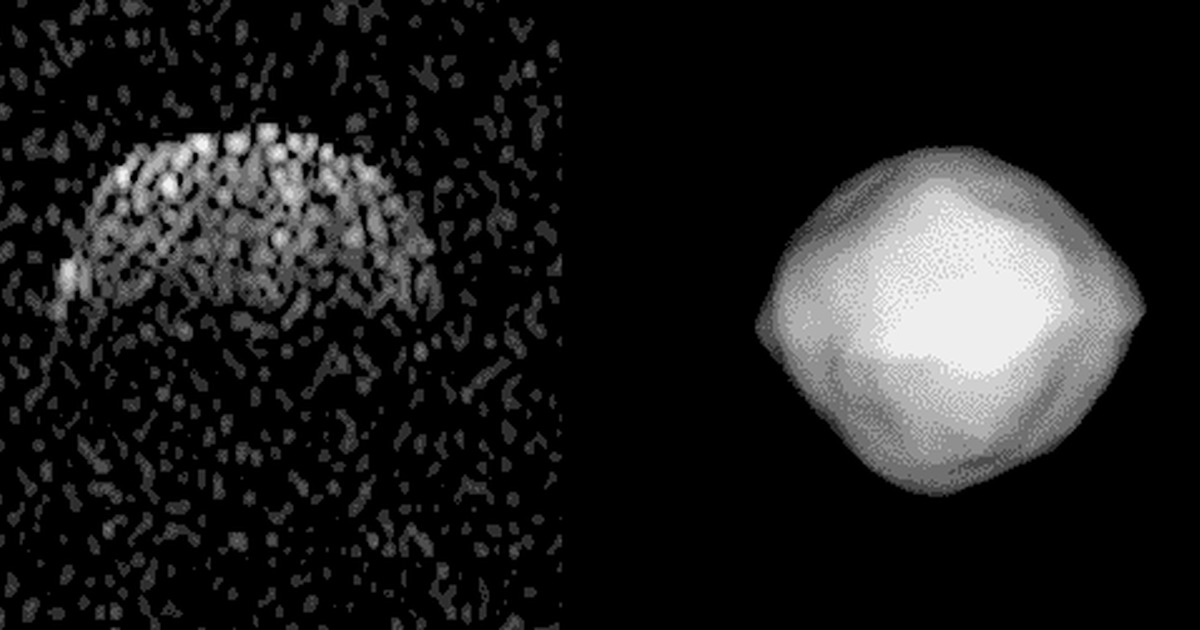
Eventually, they wrote, it would be useful to train machine learning algorithms to make decisions based on the exact available data in any planet-killer scenario. 'As a result, scientists behind new research now say theyre confident that the asteroids total impact probability through 2300 is just 1 in 1,750,' reports. The more complex the list of options, the more difficult the calculation gets. NASAs OSIRIS-REx spacecraft has been orbiting an asteroid called Bennu for more than two years to fine-tune the agencys existing models of its trajectory.

These same basic principles could be used to study other potential planet killers, and future studies could incorporate other options for deflecting the asteroids, including nuclear weapons, the researchers wrote. The differences between the rocks came down to the level of uncertainty about their masses and velocities, as well as how their internal materials would react to an impact. In both cases, if the time got too short, the researchers found no mission would be successful at diverting the rock. There were no situations where a type 0 mission made sense for Apophis. Given more time, type 2 missions were sometimes better, depending how difficult it appeared to be to deflect from its course. If time was short, a type 1 mission was usually the best option: collect data quickly in order to properly aim the impact. There were just a handful of instances where type 1 missions made sense.Īpophis was a different, more complicated story. If time was short, though, a quick-and-dirty type 0 mission was the way to go. Given enough time, they found, type 2 missions were almost always the right way to deflect Bennu. The researchers developed a method for calculating which mission is best based on two factors: the time between the mission start and the date the planet killer will reach its keyhole, and the difficulty involved in properly diverting the specific planet killer.Īpplying those calculations to two well-known planet-killer asteroids in Earth’s general neighborhood, Apophis and Bennu, the researchers came up with a complex set of instructions for future asteroid deflectors in the event one of those objects started heading for a keyhole.

Related: Crash! 10 biggest impact craters on Earth NASA scientists believe that if the possibility of Bennu, an asteroid hitting Earth in a few years is keeping you awake at night you can now rest easier.OSIRIS-REx, the OSIRIS spacecraft of the agency, spent over two years orbiting this space rock. For months it will hang out - take pictures, make scans of the asteroids surface and create a map. CNN reports: 'The probe is scheduled to arrive at Bennu in August 2018. Type 2 missions are even better, but take yet more time and resources to get underway. NASA has successfully launched the OSIRIS-REx space probe on Thursday, which aims to take a sample of asteroid Bennu and return to Earth. But they also take more time and resources.

Type 1 missions are more likely to succeed, the researchers wrote, because they can determine the incoming rock’s mass and velocity far more precisely.


 0 kommentar(er)
0 kommentar(er)
